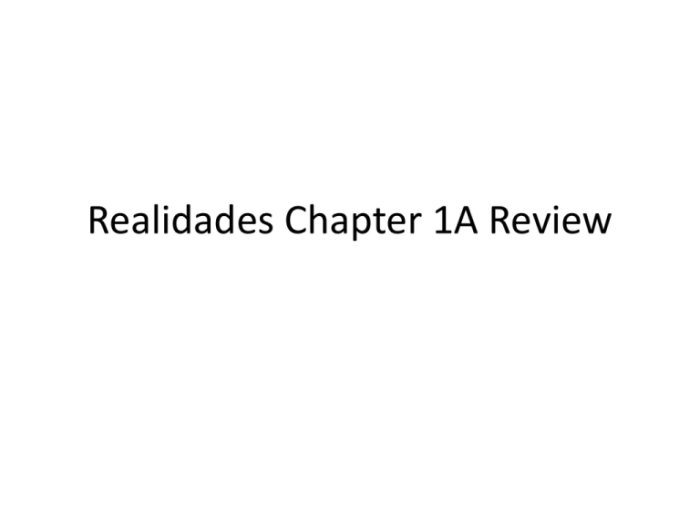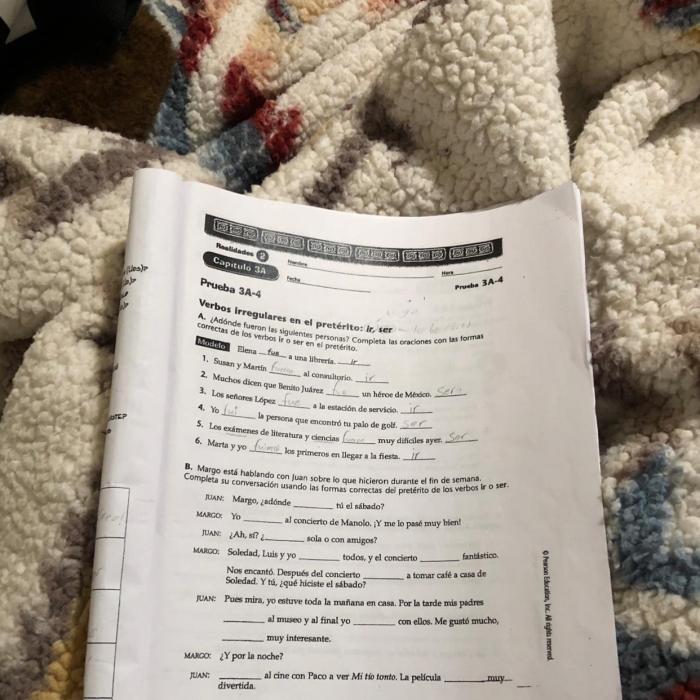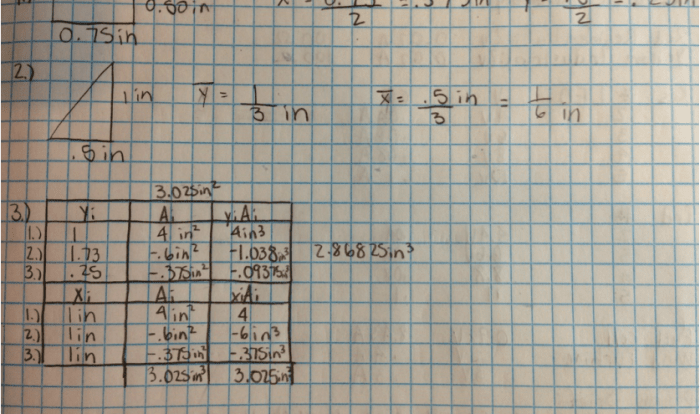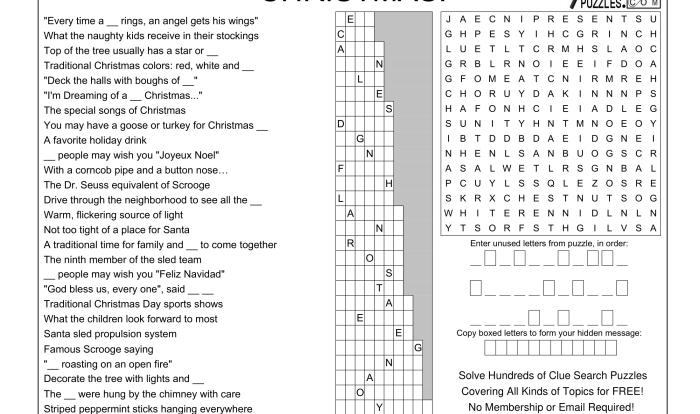Realidades 2 Capitulo 3A Telling Time Page 90 embarks on an enlightening journey into the realm of timekeeping, equipping learners with the essential knowledge and skills to navigate the complexities of time measurement.
This comprehensive guide delves into the fundamentals of telling time, deciphering analog clocks, and navigating time zones. It empowers individuals to master time conversion and calculations, ensuring precision in daily life and various professional settings.
Telling Time Fundamentals

Time is a fundamental concept that measures the passage of events. It is divided into units such as seconds, minutes, and hours.
An analog clock is a device that displays time using hands that rotate around a circular dial. The hour hand is the shortest and moves the slowest, while the second hand is the longest and moves the fastest.
Reading an Analog Clock
To read the time from an analog clock, locate the hour hand and the minute hand. The hour hand points to the hour, and the minute hand points to the minute. The second hand can be used to measure seconds.
Time Conversion and Calculations: Realidades 2 Capitulo 3a Telling Time Page 90
Conversion Table
The following table shows the conversion between seconds, minutes, and hours:
| Seconds | Minutes | Hours |
|---|---|---|
| 60 | 1 | 1/60 |
| 3600 | 60 | 1 |
Converting Time Units
To convert between different time units, use the following formulas:
- Minutes to seconds: Multiply the number of minutes by 60.
- Hours to minutes: Multiply the number of hours by 60.
- Seconds to hours: Divide the number of seconds by 3600.
Time Zones and Daylight Saving Time

Time Zones
The Earth is divided into 24 time zones, each of which has a standard time that is one hour ahead or behind the previous zone.
Daylight Saving Time, Realidades 2 capitulo 3a telling time page 90
Daylight Saving Time (DST) is a practice of advancing clocks by one hour during the summer months to make better use of daylight.
Examples of Time Zones
- Coordinated Universal Time (UTC): The standard time for most of Europe and Africa.
- Eastern Time (ET): The standard time for the eastern United States and Canada.
- Pacific Time (PT): The standard time for the western United States and Canada.
Real-Life Applications of Timekeeping
Importance of Time Management
Time management is essential for success in all aspects of life. It helps us to plan our activities, meet deadlines, and achieve our goals.
Time Planning and Organization
- Set priorities and create a to-do list.
- Break down large tasks into smaller, more manageable chunks.
- Use a calendar or planner to track appointments and deadlines.
Professions that Rely on Timekeeping
- Doctors and nurses
- Pilots and air traffic controllers
- Lawyers and judges
Q&A
What is the significance of time zones?
Time zones are essential for coordinating global activities and maintaining consistency in timekeeping across different regions.
How can I effectively manage my time?
Effective time management involves planning, prioritization, and utilizing tools to stay organized and on track.

